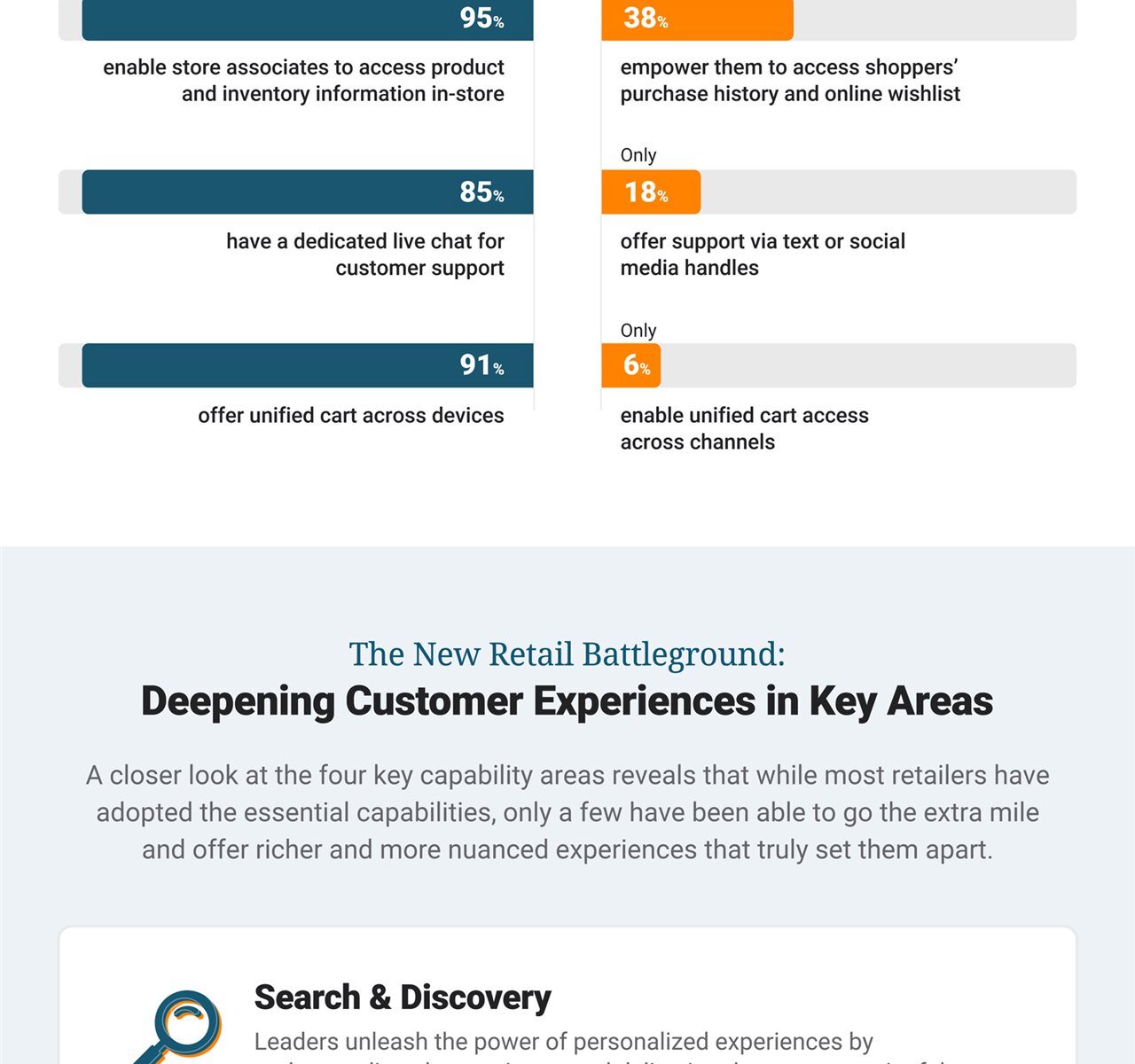2023-03-20T08:01:00
(BPT) – Spring’s long-awaited arrival brings much anticipation for the activities that come along with more sunlight and warmer weather. There’s a contagious eagerness to take more trips, stay longer, and go bigger. People are recognizing the value in travel experiences again, locking in travel plans earlier and planning vacations further out into the next calendar year. And, with business travel resuming there may be a renewed desire to tack on a few days to a trip to explore a new destination.
Whether you’re traveling solo or with a group, there are many ways to stay within a pre-determined budget. In fact, just by being an AARP member, doors open to a wide range of benefits and discounts that can help you plan an affordable trip without compromising on the experience — whether it’s for spring or summer break to a weekend getaway or road trip.
“The good news for AARP members is the member benefits program offers a variety of discounts not only in the U.S., but across the globe,” said Sarah Greaves-Gabbadon, travel expert, JetSetSarah.com. “These discounts and other perks make all aspects of travel planning possible without going over your budget.”
Pinpoint Your Destination
Deciding on a location that’s perfect for you and your travel companions is no easy feat. It’s best to start with identifying why you are traveling. Are you looking to relax and get a break? Or are you looking to discover and explore different cultures? Here are some top factors to consider that can help in planning:
- How many days are you taking off for your trip? Pro tip: factor in time for travel day(s)
- Do you have a passport or is domestic travel your preference?
- What type of activities do you like? Beach or mountains? Hiking or sailing? Shopping and sightseeing?
- What are your budget parameters? Pro tip: Distance doesn’t always mean more expensive. Some destinations mean higher airfare, but the lower day-to-day costs balance it out.
Securing Budget-Friendly Lodging
Finding appropriate accommodations for your interests, travel style and your budget is just as important as choosing the destination for your trip. After long days of sightseeing, swimming, hiking, shopping, or exploring a new or familiar city or beach town, you’ll want a safe, clean, comfortable place to relax and unwind. There’s strength in numbers — AARP members can choose from one of the 2,900 Holiday Inn Express locations worldwide. Members can also choose from over 900 La Quinta® by Wyndham hotels in the U.S. and Canada and receive 10% off the best available rates. AARP members staying at Best Western can save 5% or more off the best available rate and earn 10% more bonus points per stay by joining Best Western Rewards® for AARP members. Headed to a Hilton? AARP members save up to 10% off the best available rate, with late checkout until 2 p.m., when available. Plus, members can use these benefits at any one of 19 brands within Hilton’s portfolio, including Waldorf Astoria Hotels & Resorts, DoubleTree by Hilton, and more.
Managing Your Transportation
Nothing ruins a good road trip more than car troubles. Before you hit the open road or even during, AARP members can take advantage of discounted auto services from Valvoline Instant Oil ChangeSM and Allstate Roadside. With Valvoline, members can save 15% off drive-thru, stay-in-your-car oil changes — including a free 18-point safety check*. The discount also applies toward preventive maintenance services like radiator, transmission and differential services, air filter or wiper blade replacements. You’ll be able to start your journey with peace of mind, knowing your car is in tip top shape. Hopefully your trip is smooth sailing from the start, but if you hit a bump in the road, Allstate Roadside plans provide you with up to 20% off on an annual membership including Roadside Assist and Roadside Elite. Plus, your benefits include 24/7 towing, jump-starts, tire changes, lockout assistance, fuel delivery and more.
If you don’t want to put miles on your personal vehicle, renting a car is a good option. AARP members can take advantage of up to 30% off base rates with Avis or Budget and a 3% credit to use on other rentals within 12 months. Plus, you get an upgrade on compact through full-size car class bookings (based on availability), and an additional driver at no cost and more. Driving one-way from the Southeast to Northeast? For a limited time, you can also enjoy great deals on daily and weekly rates!
Hassle-free Planning Assistance
Planning is a snap with the AARP Travel Center Powered by Expedia, a one-stop shop where you can book flights, hotels, rental cars and more. AARP members can also earn a $50 gift card of their choice when they book any flight vacation package, which can be redeemed at popular retailers like Amazon, Starbucks, and more!
Pack Smartly
Packing smartly for vacation could be considered its own art form and doing it strategically can prevent needless extra spending. Consider details such as weather, planned activities, access to a laundry room, and necessities like toiletries, sunscreen and bug spray. Write out a list and then lay the items out a week before travel. Remember that you can re-wear a few pairs of shorts or pants to save on packing space. No matter where you go this year, don’t forget to optimize your travels by taking advantage of the benefits and savings available to AARP members, and visit: https://www.aarp.org/travel/.
AARP member benefits are provided by third parties, not by AARP or its affiliates. Providers pay a royalty fee to AARP for the use of its intellectual property. These fees are used for the general purposes of AARP. Some provider offers are subject to change and may have restrictions. Please contact the provider directly for details.
*Applies only to accessible/applicable items. At participating locations.
















